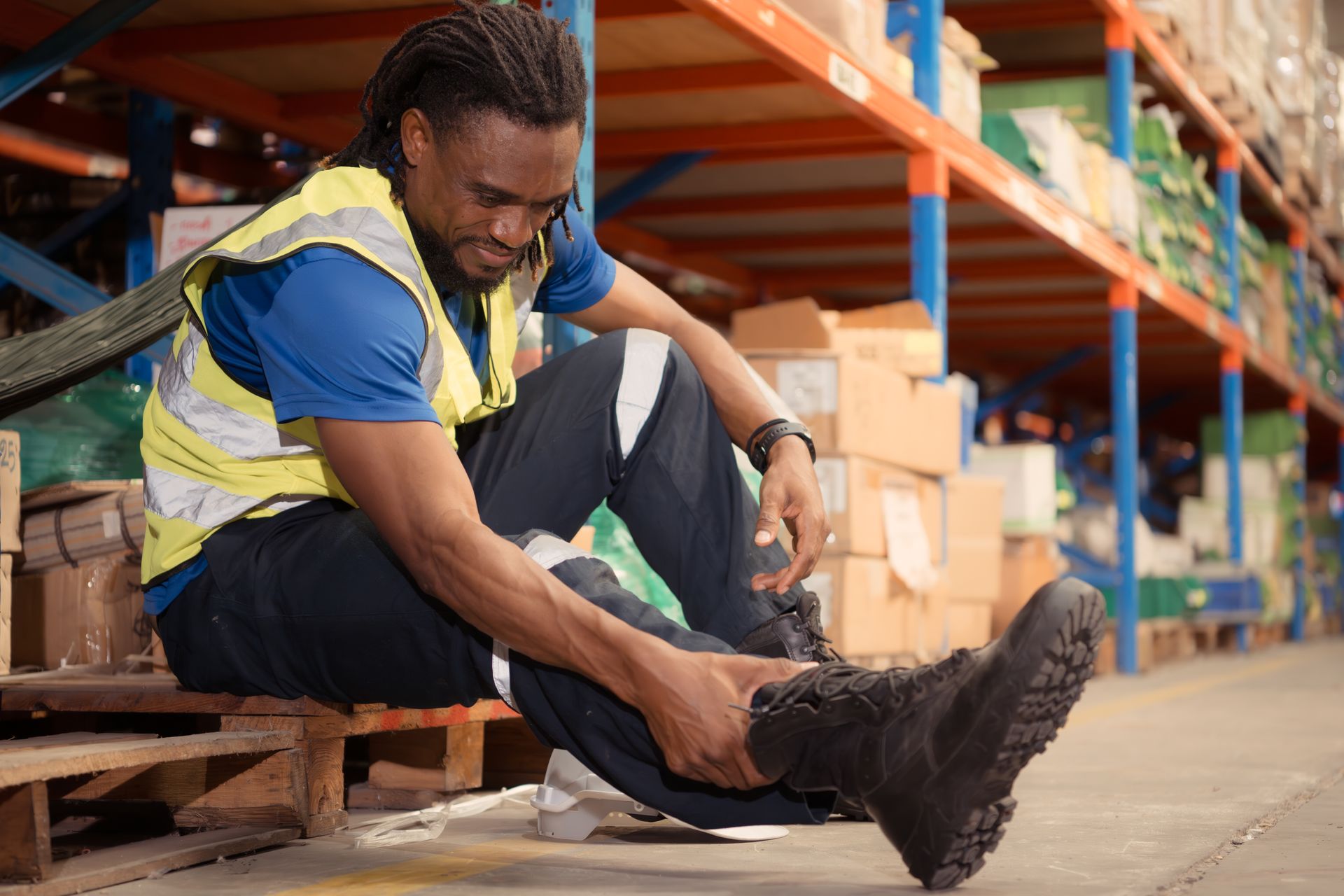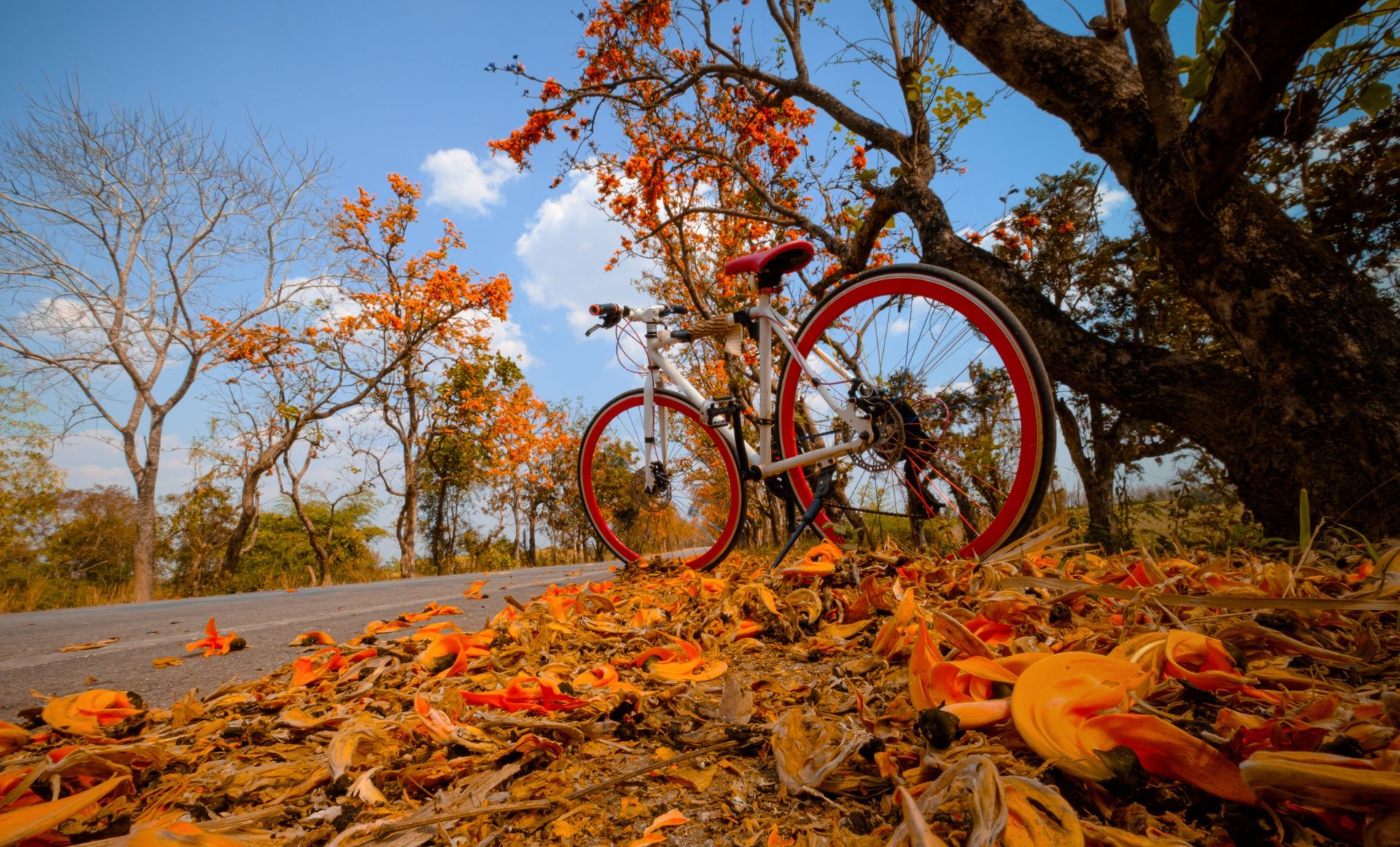Spider Veins: To Treat or Not to Treat? That Always Seems to be the Question
Originally posted in June 2021 on Healthy Cells Magazine.
What are Spider Veins? Spider veins are dilated capillaries on the skin, resembling spider legs. They are common among women, but men can also get them.
Are Spider Veins dangerous? Generally, no! But they can cause concern to many men and women because of their appearance. They may cause you to change the clothing you wear or become very self-conscious which can lead to anxiety even contribute to depression.
How are Spider Veins treated? The gold standard of treatment is injecting a solution of a “sclerosant” that causes the veins to close and allows the body to reabsorb them. The veins fade and the blood is redirected to healthier veins. It’s best to seek the advice of a medical specialist who treats Spider Veins and vein issues on a fulltime basis, rather than as a part of an overall practice. A full-time vein practice will have specialized equipment that allows not only magnification, but also polarizes the light, allowing better visualization of the vein and better results.
Are there restrictions after treatment? Yes, we recommend that you avoid lifting greater than 30 pounds and any heavy physical aerobic activity for 48 hours. You will also need to wear compression hose overnight the first night and then for two weeks while you are up and about.
Will I get good results? Overall, greater than 80% of those treated get excellent results. Some may require more than one treatment.
How long does it take and does it hurt? Overall, the treatment takes about 30 minutes depending on the extent and location of the spider veins. We use an extremely small needle to inject the spider veins so you feel only the tiny needle injections. As you may be aware, each part of the body has different number of pain receptors, so certain areas may cause more discomfort than others.
Are there risks to Spider Vein treatment? The risks are minimal. About 20% of those treated may develop hyperpigmentation (brown discoloration) in the area of treatment. This resolves in 2-12 months. High doses of Vitamin E, Supplemental iron, ultraviolet ray exposure and certain antibiotics may increase your chance of this discoloration. We tell everyone that the spider veins treated will look worse before they get better.
Can Spider Veins be caused by an underlying vein disease or varicose veins? Yes. We will evaluate you with a sonogram to determine if you have more serious vein disease. If you have underlying vein disease, we will generally recommend treatment of the underlying disease before proceeding with Spider Vein treatment.
Why not Lasers? There are specialized lasers that can be used for treatment of spider veins, but overall, the results are not as good as with sclerotherapy.
Is there a best time to seek treatment? Spider veins can be treated at any time. But since they will look worse before they get better, you may want to schedule it at a time when you don’t need to have your treated areas exposed. Compression stockings tend to be quite warm, so you may want to avoid times when you have to be outside in the heat.
Love your legs again! To schedule a complimentary evaluation at the ONLY FULL-TIME Vein Clinic in downstate Illinois, call The Vein Specialists at (309) 862-4000 or visit them online at www.ILveins.com. They have convenient locations at 3302 Gerig Drive in Bloomington or 2011 Rock Street, Suite D2 in Peru.











